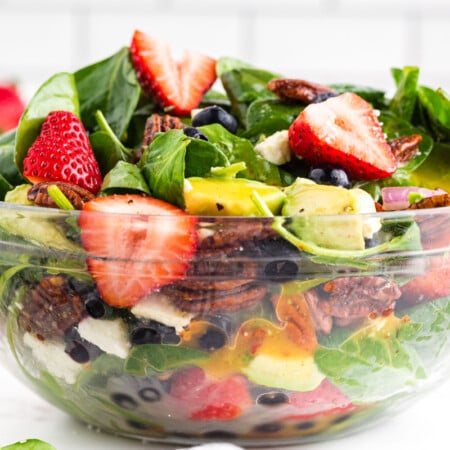

What's For Dinner?
Stuck on what to make for dinner? I’ve got you! Check out hundreds of recipes to help you relax and get dinner on the table tonight!
View Dinner RecipesIt is my hope that you will find inspiration on the Girl. Inspired. blog. All photos are copyright protected by Girl. Inspired. If you wish to share something that you have seen here, I am absolutely thrilled! Please use only one picture with a direct link back to the project you are referencing. Thank you so much for your understanding!